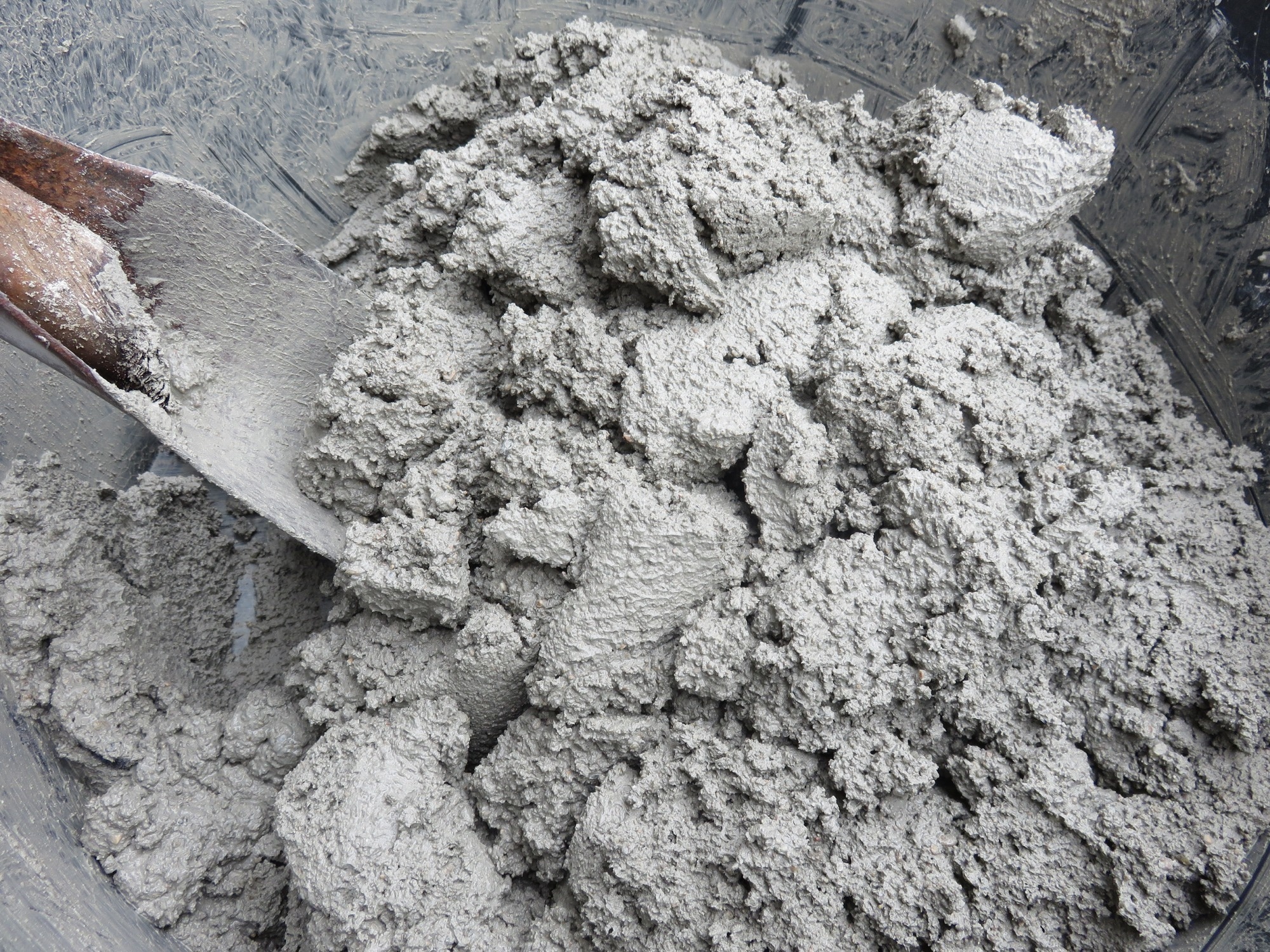A new study has unveiled a rapid testing method that could revolutionize the quality control of calcined clays in the cement industry. The Ultra-Rapid Reactivity (UR2) test can assess the reactivity of calcined clays in just five minutes—far faster than existing methods, which can take up to seven days. This innovative test relies on colorimetry and can be conducted using readily available, low-cost cameras, making real-time, cost-effective monitoring more accessible than ever.
 Study: UR2: Ultra-rapid reactivity test for real-time, low-cost quality control of calcined clays. Image Credit: AppleDK/Shutterstock.com
Study: UR2: Ultra-rapid reactivity test for real-time, low-cost quality control of calcined clays. Image Credit: AppleDK/Shutterstock.com
Background
As the availability of traditional supplementary cementitious materials (SCMs), such as coal fly ash and blast furnace slag, continues to decline, alternative SCMs, like calcined clays, have gained significant interest. However, conventional methods for evaluating the reactivity of these materials are time- and resource-intensive. To expedite the process, researchers previously developed the rapid, robust, and reliable (R3) method, which delivers results within seven days.
The R3 test involves dissolving SCMs in a potassium sulfate-potassium hydroxide solution mixed with calcium carbonate-calcium hydroxide. This reaction occurs at an elevated temperature of 40 °C, accelerating the pozzolanic process. Heat release and bound water formation are then monitored using an isothermal calorimeter or a furnace over three to seven days. In response to the need for even faster assessments, this study introduces the UR2 test, which can predict the seven-day R3 cumulative heat and 28-day mortar compressive strength of calcined clays within just five minutes.
Methods
To develop the UR2 test, the researchers used high-purity kaolinite (KGa-1b), montmorillonite (SAu-1), and illite (ISCz-1)-based clays, which were calcined at varying temperatures to produce 20 pure calcined clay samples. Specifically, KGa-1b was calcined at temperatures ranging from 400–1000 °C, while SAu-1 and ISCz-1 were calcined between 600–1000 °C.
Pozzolanic reactivity was initially assessed using the standard R3 isothermal calorimetry method. To further analyze the dissolution behavior, the calcined clays were dissolved in 4 M NaOH at 90 °C, maintaining a solid-to-liquid ratio of 0.5 g/L. The researchers then added ammonium molybdate, followed by oxalic acid and amino-naphthol-sulfonic acid solutions, to acidified samples. The absorbance of these solutions was measured using an ultraviolet-visible (UV-Vis) spectrophotometer.
To create a rapid, cost-effective alternative, researchers developed a camera image analysis method to determine aluminum (Al) and silicon (Si) concentrations. Instead of relying on spectrophotometric measurements, they captured images of the colored solutions using a standard camera. An algorithm extracted red, green, and blue (RGB) values from the images, allowing for the derivation of calibration curves to determine Si and Al concentrations.
The UR2 method was tested on 27 industrial clay samples, identifying mineral compositions that could introduce prediction errors. A correction approach was applied to address these inconsistencies. Finally, the 28-day compressive strength of mortars made with calcined clay-blended cement was measured and correlated with the five-minute UR2 dissolution index.
Results and Discussion
The UR2 test showed a strong correlation between the five-minute dissolution of calcined clays and both the seven-day cumulative heat release in R3 mixtures and the 28-day mortar compressive strength. The concentration of Si and Al dissolved within five minutes in 4 M NaOH at 90 °C effectively predicted the reactivity of different calcined clays.
Using an index of 1.54(Al) + Si, which accounts for the contributions of dissolved Si and Al to heat generation, the researchers achieved the best correlation with the seven-day cumulative heat release in the R3 test. The correlation coefficient (R2) was 0.98 for 20 high-purity clay specimens from KGa-1b, SAu-1, and ISCz-1. Across 47 unique calcined clay samples, the adjusted dissolution index maintained a strong correlation with the seven-day cumulative R3 heat, with an R2 of 0.92.
However, deviations in dissolved Al and Si concentrations were observed in some low-purity clays due to the harsh NaOH conditions, which released Si and Al from associated minerals that were not typically reactive. These deviations were mitigated by subtracting the pre-calcination dissolved Si and Al concentrations.
The UR2 method was also tested for predicting the compressive strength of mortars incorporating 20 % cement replacement with 14 different calcined clay samples, including five industrial clays and nine binary mixes. The correlation between the five-minute dissolution index and the 28-day compressive strength was high, with an R2 of 0.94.
Conclusion
The study successfully demonstrated that the UR2 test provides a fast and cost-effective method for evaluating the reactivity of calcined clays. By using simple colorimetry techniques and low-cost cameras, the researchers were able to effectively measure Si and Al concentrations from calcined clay samples dissolved in NaOH solutions.
Unlike expensive analytical methods such as inductively coupled plasma optical emission or mass spectroscopy, the UR2 method delivers comparable results at a fraction of the cost. The camera-based image analysis further enhances affordability, making this technique more accessible for industrial applications.
The UR2 test has the potential to be integrated into real-time monitoring systems for quality control and assurance in calcined clay production. Its rapid turnaround time and low-cost implementation could significantly benefit the cement and concrete industry.
Journal Reference
Min, Y., Kabir, H., Kothari, C., Iqbal, M. F., & Garg, N. (2025). UR2: Ultra-rapid reactivity test for real-time, low-cost quality control of calcined clays. Cement and Concrete Research, 191, 107806. DOI: 10.1016/j.cemconres.2025.107806, https://www.sciencedirect.com/science/article/pii/S0008884625000250
Disclaimer: The views expressed here are those of the author expressed in their private capacity and do not necessarily represent the views of AZoM.com Limited T/A AZoNetwork the owner and operator of this website. This disclaimer forms part of the Terms and conditions of use of this website.